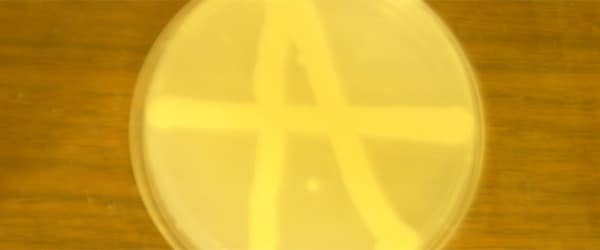When restrictions come in the form of paperwork and approvals, we detest them. Whereas, when the restrictions come in the form of enzymes, we love them, don’t we? Restriction enzymes play a key role in biotechnology research.
Read ahead for six useful facts about restriction enzymes.
1. Restriction enzymes are helpful to bacteria
Restriction enzymes are part of a pathogen resistance pathway known as host-controlled modification. In restriction modification systems, bacteria modify their own DNA to protect against cleavage by endogenous restriction enzymes. However, the bacterial restriction enzymes cleave phage DNA to prevent infection.
2. Restriction enzymes are non-discriminating, specific cutters
Restriction enzymes bind to recognition sites within a genome to make a specific, predictable cut. This high specificity is the basis for molecular cloning. But restriction enzymes do not discriminate between prokaryotic and eukaryotic DNA. They will cut all DNA, producing DNA fragments on which more experimentation can be conducted. Using the same restriction enzyme, a gene of interest can be extracted from eukaryotic DNA and inserted into a bacterial plasmid. This method demonstrates restriction enzymes’ key role in cloning, a widely used procedure in labs around the world to genetically modify bacteria.
3. There is more than one type of restriction enzyme
Type I restriction enzymes require adenosine Triphosphate (ATP) for DNA hydrolysis and cleave at a random distance from the recognition site. Type II restriction enzymes cleave within or at a specific distance from the recognition site. Type III restriction enzymes require ATP and cleave at a specific distance from the recognition site. Type IV restriction enzymes cleave at varying distances from the recognition site and can only cleave modified (methylated) DNA.
4. Restriction enzymes have partners
Restriction enzymes have partner methyltransferases, which methylate DNA. In bacteria, this serves to protect the bacterial genome from digestion by its own endogenous enzymes. Type II restriction enzymes cannot recognize methylated DNA, leading to much frustration if the site you want to cut is methylated. However, Type IV restriction enzymes can recognize methylated DNA, providing you with an option when you have methylated DNA.
5. It’s not all about Type II enzymes when cloning
While cloning is one genome editing technique in which restriction enzymes are used, CRISPR-Cas9 genome editing is a newer technique employing another type of restriction. Cas9 protein is an integral part of the complex prokaryotic immune system. When combined with a guide RNA, the protein-RNA complex cleaves DNA. By engineering the guide RNA, you can target any site within a genome.
6. Artificial enzymes
The recently developed zinc finger nucleases are classified as artificial restriction enzymes. They consist of DNA binding and cleavage domains. The DNA binding domain recognizes a specific sequence in the DNA, which is then cut by the cleavage domain. The binding domain, consisting of three optimally arranged pairs of fingers, can recognize a single locus in the mammalian genome, making it a highly accurate method of genome editing. The DNA-cleavage domain is the non-specific cleavage domain from the type IIS restriction enzyme FokI.
Restriction enzyme discovery and development have led to new enzymes and experimental methods. These six facts will take you a long way in understanding experiments in scientific literature and help in designing unique, meaningful experiments.






